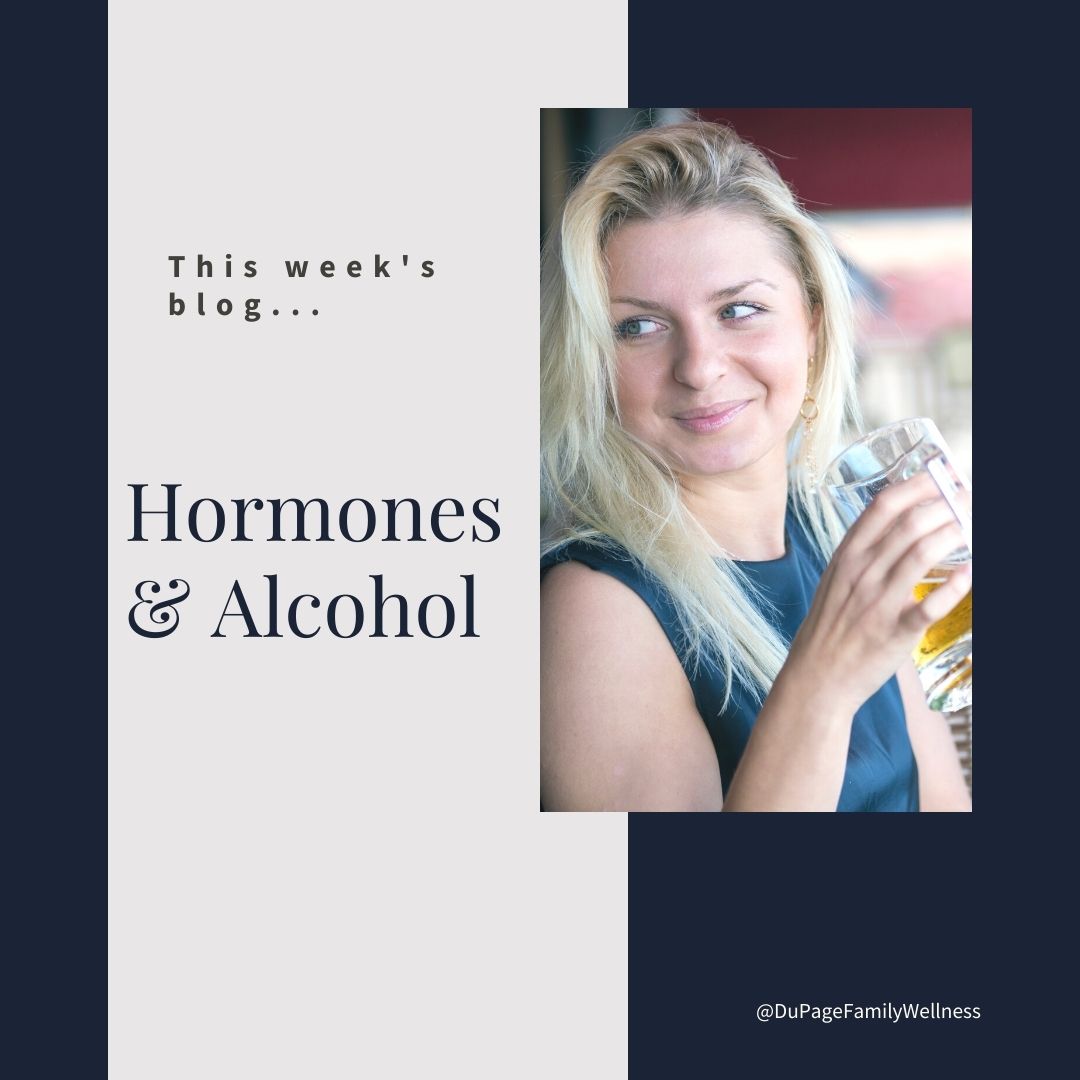 In the summer you may have visions of lounging by the pool with a drink in hand. While that isn’t always an option, a beer or glass of wine at the end of the day certainly is.
In the summer you may have visions of lounging by the pool with a drink in hand. While that isn’t always an option, a beer or glass of wine at the end of the day certainly is.
There is nothing wrong with an occasional drink. It can be a nice way to wind down or have fun with your friends.
At the same time, it’s good to understand the effects it has on our bodies. Once we do, we can make wise decisions on what and how much we drink.
Let’s take a look specifically at how it affects women in regard to our hormones.
What Are Hormones?
Hormones are chemical messengers within the body that are secreted by glands in the endocrine system. These messengers tell the tissue and organs in the body what to do.
The proper balance of hormones is crucial for both physical and mental health. When something happens to make one hormone increase the other hormones are affected.
It's like a delicate dance with some hormones following another's lead.
Alcohol and Hormones?
Alcohol has a complicated relationship with the balance of hormones within the body. It increases some hormone levels, which inversely lowers other hormone levels.
Let’s take a look at some of the specific ways moderate alcohol impacts this system.
- Estrogen - Alcohol has been found to raise the level of estrogen in the body. One of the reasons is because both alcohol and estrogen are processed in the liver. When the liver is busy handling alcohol, it prevents the liver from detoxing estrogen as efficiently. This results in a buildup of estrogen in the system.
- Cortisol - Moderate alcohol increases this stress hormone while suppressing the amount of melatonin the body produces by up to 20%. While you may expect alcohol to relax you and give you a good night’s sleep, research says that the opposite actually happens.
- Thyroid Hormones - The rise in estrogen we spoke about earlier prevents the thyroid from releasing the normal amount of hormones. In addition, the increase in stress hormones will make your body less effective in converting T4 into T3.
- Progesterone - Estrogen and progesterone have an inverse relationship. When estrogen levels rise due to alcohol consumption, progesterone will decrease.
- Insulin - Alcohol may hinder the body’s ability to process sugar in some people and increase issues with insulin resistance.
Implications for Women
When we understand the impact that alcohol has one our system, we can use this knowledge to make decisions about our alcohol consumption.
Consider your body and season of life. If you are already dealing with Polycystic Ovary Syndrome (PCOS) or other hormonal issues, you may choose to be more cautious with your alcohol intake than someone who is not struggling with it.
Another group that may choose caution, are women trying to conceive. Since proper hormone balance is crucial for conception, women with fertility issues may wish to limit their alcohol consumption especially during the week leading up to ovulation.
Please know that I am not saying alcohol is bad! It is a personal decision, and you won’t find any judgment here. I just want to present this knowledge to you so you can make an informed decision surrounding your alcohol intake.
Dr. Jamie
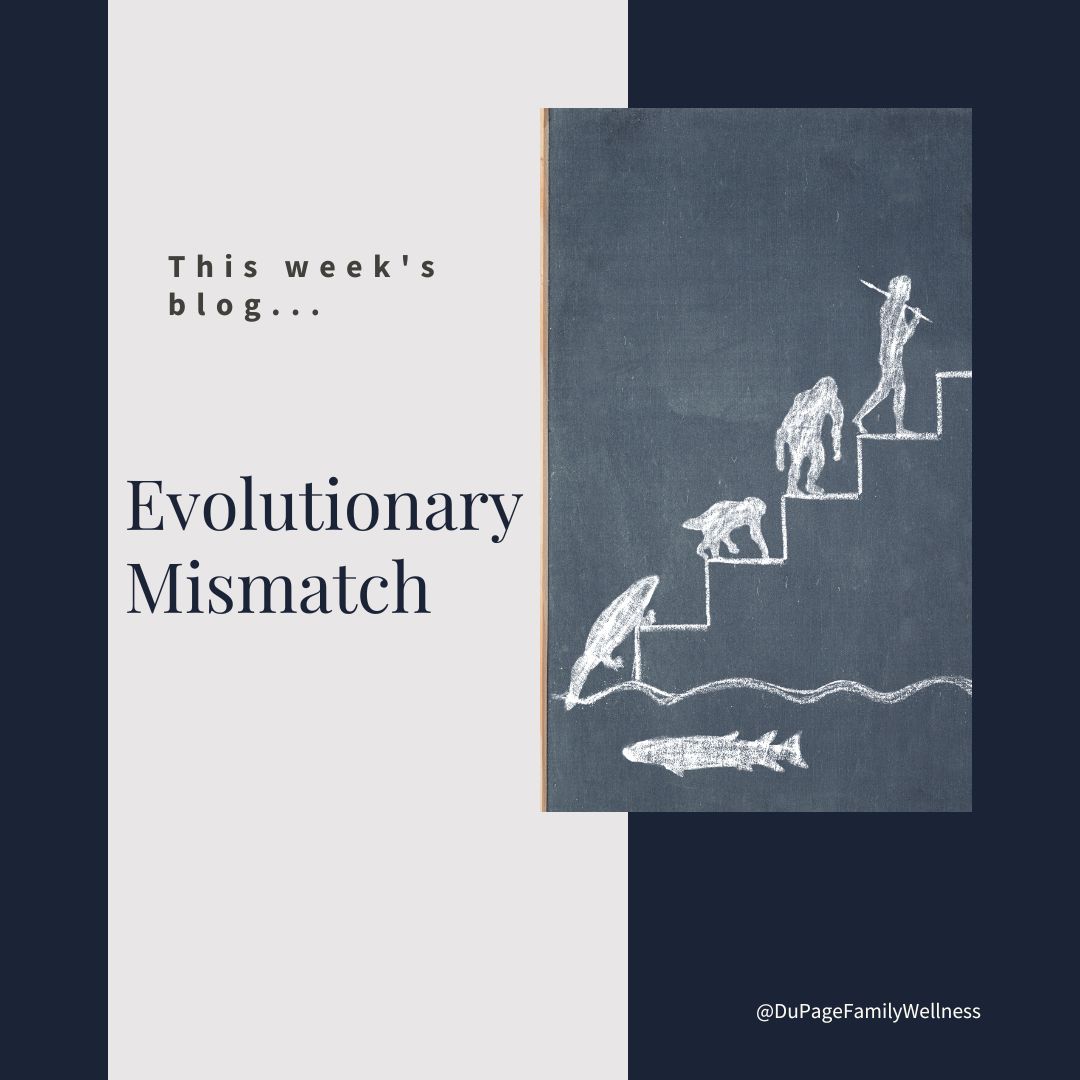 Have you ever thought about how our ancestors long ago lived compared to how we live today? And how our modern conveniences have changed the world we live in and what that means for you?
Have you ever thought about how our ancestors long ago lived compared to how we live today? And how our modern conveniences have changed the world we live in and what that means for you?
When you stop to think about it, the differences are drastic. We don’t move, eat, or sleep the same as people did thousands of years ago. Even our grandparents had a different life than those thousands of years ago, though they were much closer than we are today.
Let’s look at the impact that our current culture and environment have on our health and see what we can do to honor what our bodies have always needed.
Food, Movement, & Sleep for Our Ancestors
Thousands of years ago our ancestors were dependent on the land. They didn’t have any other source of food than that which they could provide for themselves.
As hunters and gatherers, they needed to move much of the time. They walked many miles to chase prey. They spent a lot of time gathering food from plant sources - berries, roots, etc. - but oftentimes food was scarce.
Even when they relaxed, they had to physically support their bodies, sitting on the ground or a bench made of logs. In general, movement didn’t need to be an intentional decision, it was simply built into their everyday life.
Our ancestors also tended to follow the rhythm of the sun. Since their light was limited to the sun, stars, and possibly a fire, they likely did not stay up to all hours of the night. Bright light in the morning and darkness at night supported a healthy circadian rhythm.
Read more ...
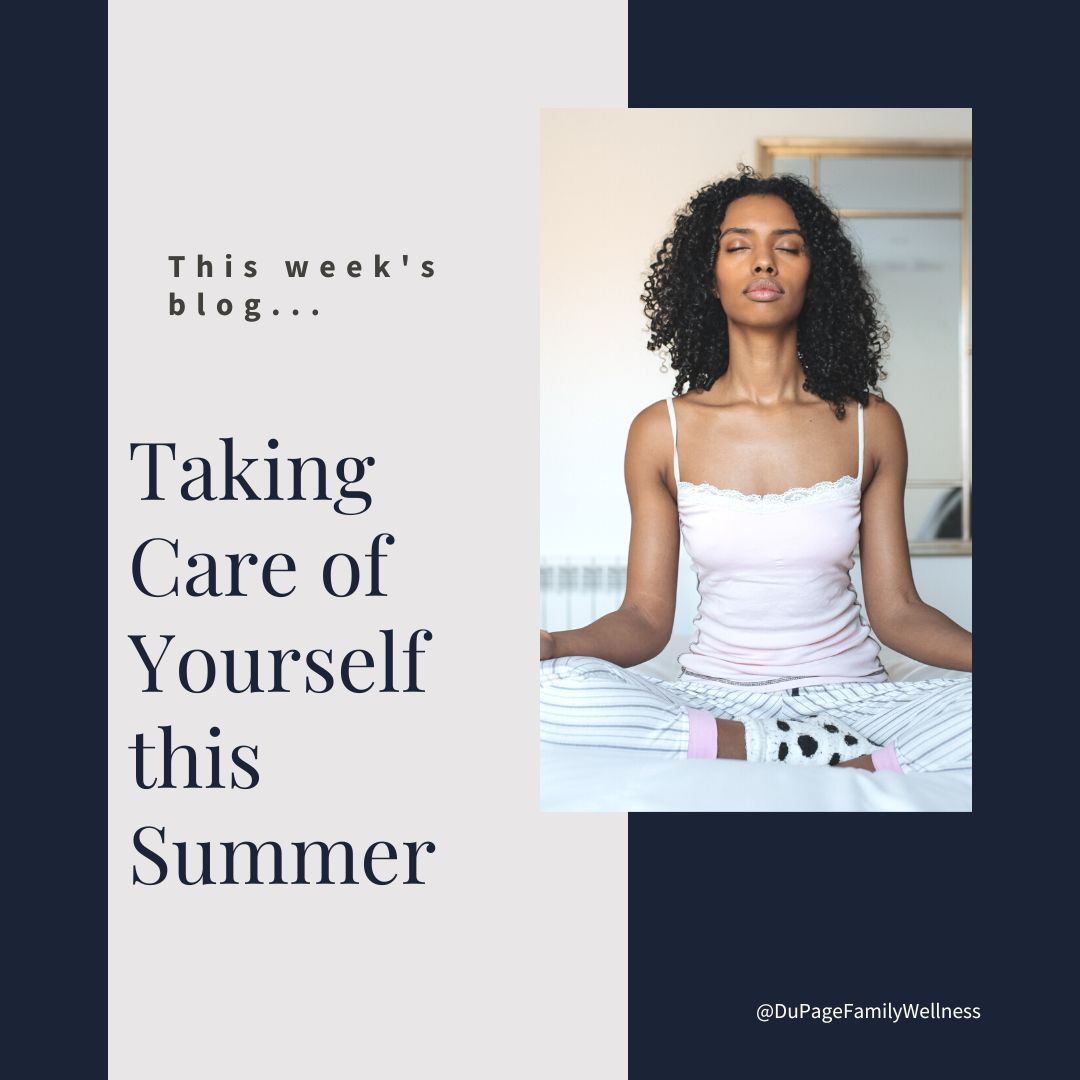 What have you been doing to take care of yourself this summer? Whether the kids are home or work is in full swing (or both), it’s important to take time for yourself!
What have you been doing to take care of yourself this summer? Whether the kids are home or work is in full swing (or both), it’s important to take time for yourself!
This doesn’t have to take long or cost a lot of money. Some self-care techniques only take five minutes are completely free. While it’s nice to take vacations or do spa days, these little things may be more practical.
So, take time now to look at our biggest tips for taking care of yourself, and make a plan for your summer!
Grounding
Grounding is bringing your awareness to the present moment. This is done through awareness of your body and surroundings. Since most of our worry is about things in the past or things yet to come, this is extremely helpful in dealing with stress.
Simply closing your eyes and paying attention to your breath brings you back to the present moment. Intentionally looking at things in your surroundings or noticing sensory input can be effective as well. The key is the intention and awareness of the action.
For more directed grounding exercise check out the following.
Social Connection
Meaningful social connections are good for your mental and physical health. Positive connections lead to the activation of the parasympathetic nervous system. This is often referred to as co-regulation of the nervous system.
So, connect with a friend...
- in person if you are able
- with a video call so you can be face-to-face.
- through a phone call.
- by email and text.
Read more ...
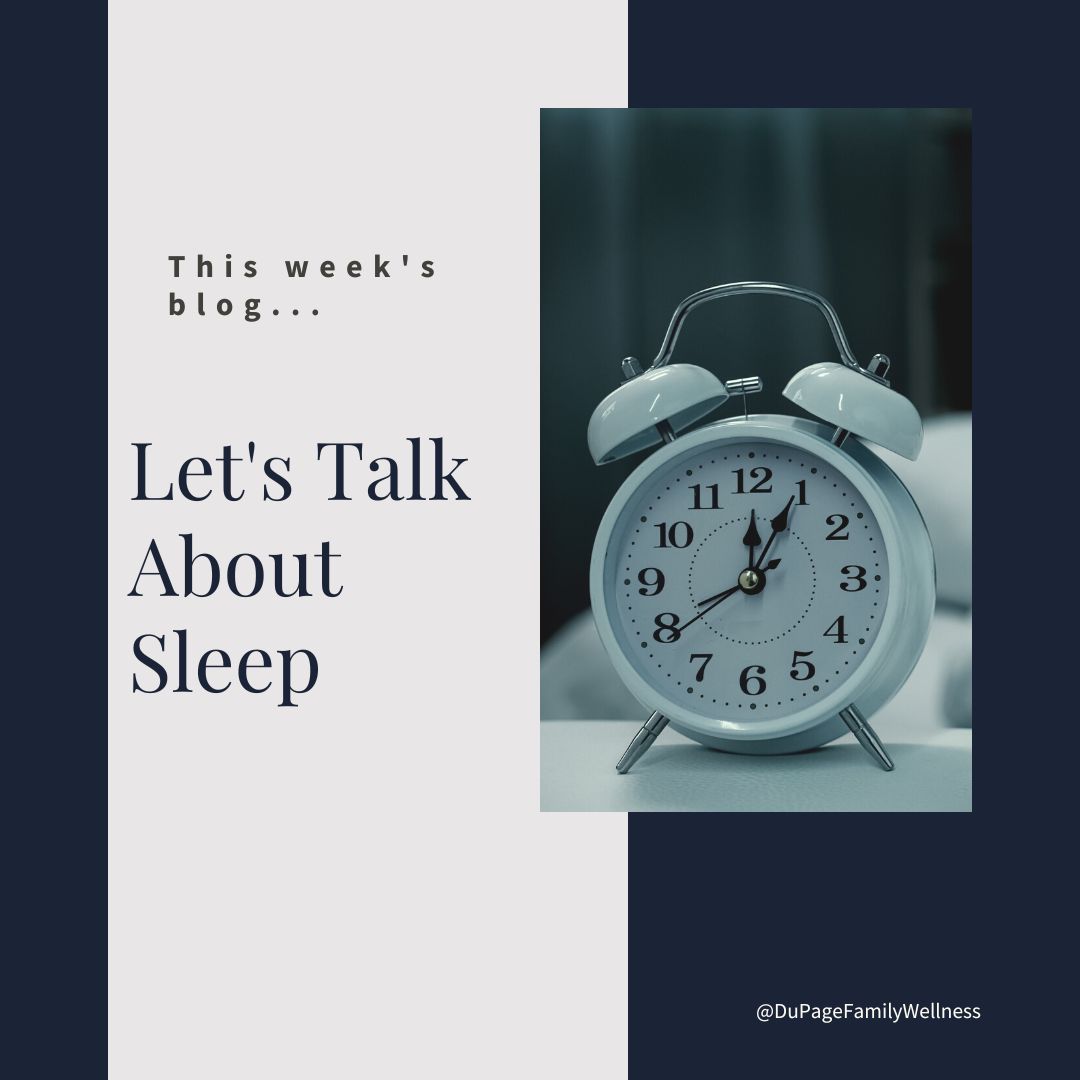 You probably know that sleep is important for your physical and emotional health, but how do you know if you are getting enough sleep?
You probably know that sleep is important for your physical and emotional health, but how do you know if you are getting enough sleep?
Traditional advice is to get 7-8 hours of sleep each night, but since every body is unique it can be a little more complicated than that.
Let’s explore how to get enough sleep for your body, as well as how to make sure that you get good quality sleep each night.
A Quick Reminder
Many people promote good sleep hygiene and we will focus on that below, but no amount of sleep hygiene will help if you don’t allow enough time for sleep!
Researchers took a group of people, put them in a stimulus free room for 14-24 hours a day, and monitored their sleep. There were no clocks, so subjects didn’t know when they were going to bed or waking up.
The first couple days of the study, sleep times averaged 12-20 hours per night! This seems to indicate that many of the subjects were sleep deprived going into the study and their bodies needed to catch up from chronic lack of sleep.
Over a few days, the participants' sleep began to average approximately 8 hours a night with some sleeping more and some sleeping less.
How Much Sleep Is Right for Me?
Since everyone’s body is different, let’s look into how you can determine how much sleep your body needs? Reaction times are slower when you are sleep deprived so the following experiment gives you a good picture of whether or not you are getting enough sleep.
First, pay attention to when you typically go to sleep, and the time that you typically wake up naturally, ideally without having to use an alarm clock. Each morning at the same time after waking up, take the reaction time test here.
Read more ...
 Let me introduce you to A Dirty Hoe, one of my favorite places to get toxin-free products locally!
Let me introduce you to A Dirty Hoe, one of my favorite places to get toxin-free products locally!
Denise and Sandy from A Dirty Hoe consider themselves mediocre homesteaders. They have chickens, bees, a butterfly garden, fruit trees, vegetables, and maple trees to tap for syrup! They make their own kombucha and yogurt, but what I love the most are their many products for the body and home.
It is hard to find products that are natural and work well, let alone ones that are local. So, I was thrilled to experience the quality of these products. In fact, I liked them so much that we decided to carry them at the office.
Let me tell you some more about them and share some of my favorite products!
Why Natural Products?
A Dirty Hoe recognizes that your skin absorbs everything you put on it. Just reading a lotion bottle or researching what is in your laundry detergent can be shocking. Knowing exactly what you put on your skin and recognizing all the ingredients is really important.
Keeping their ingredients clean is a commitment they have made. Their botanicals are all raised in their yard which are not sprayed with any pesticides or herbicides.
Some ingredients, such as Shea or cocoa butter and essential oils are not certified organic. But this decision was made consciously, recognizing it’s not worth charging more when even organic ingredients are allowed to have chemicals in them. Instead they focus on avoiding preservatives, dyes, phthalates, and other endocrine disruptors.
My Favorite Products
- Laundry Detergent - Your skin is your largest organ and even absorbs the chemicals left on your clothes. A Dirty Hoe makes an all-natural, non-toxic laundry detergent to help keep your body chemical free! This gentle effective detergent uses essential oils for an all-natural scent.
Read more ...
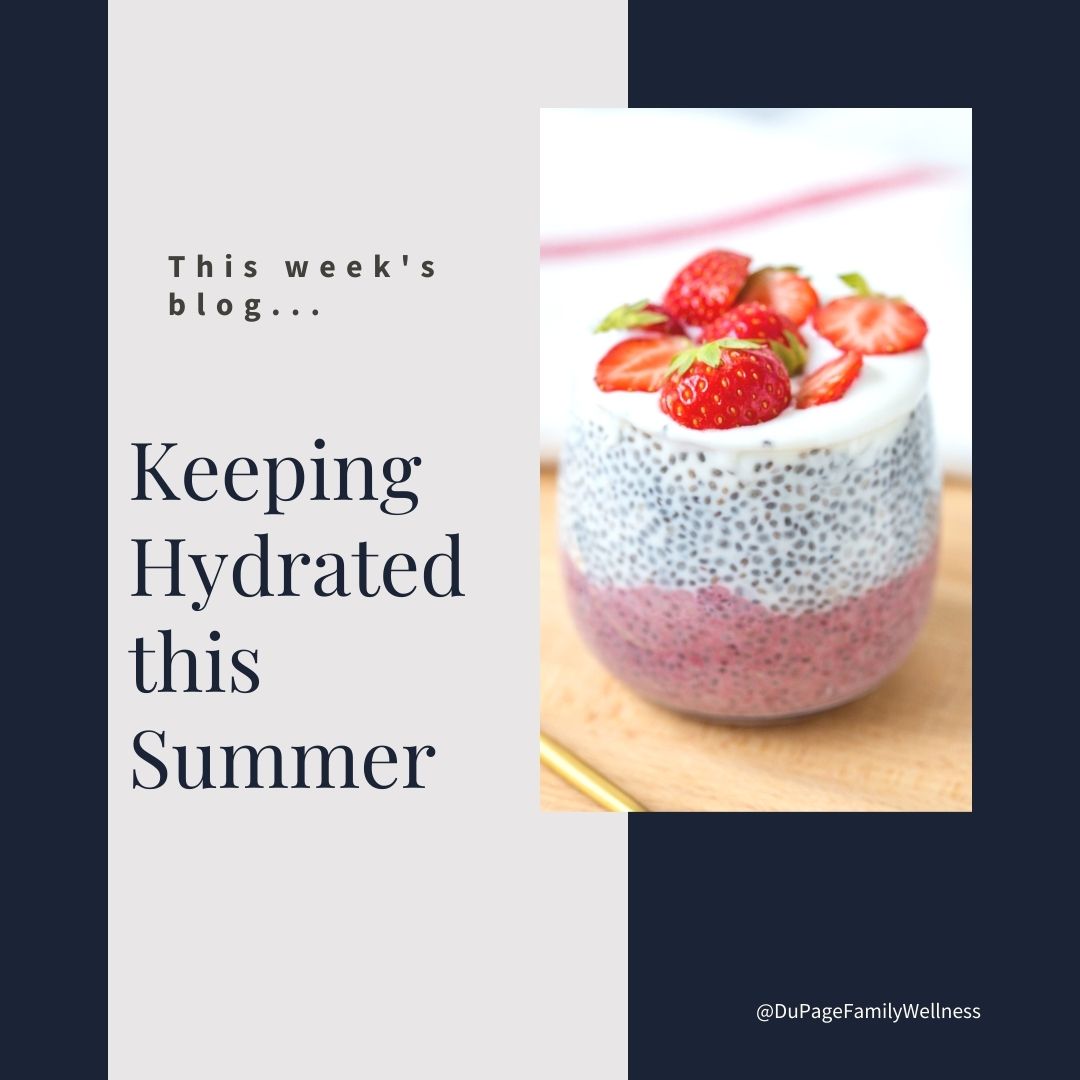 With summer in full swing, it’s important to think about hydration. Getting eight glasses of water a day is the conventional advice, but is it really that simple? Is there another way to look at it?
With summer in full swing, it’s important to think about hydration. Getting eight glasses of water a day is the conventional advice, but is it really that simple? Is there another way to look at it?
In their book Quench, authors Cohen and Bria explain that “for many years, we’ve operated with the assumption that the path to hydration was drinking eight glasses of water daily—the picture is actually much more complex.”
Let’s explore what they have to say and see if there is a way to work smarter rather than harder when working on our hydration.
Background
Gina Bria, an anthropologist that studied desert cultures which survived with very little water, got a call from her mother’s care facility. They told her that her mother was suffering from chronic dehydration.
Concerned, Bria decided to delve into her research to see if there was anything that she could learn from the desert cultures to help her mom.
Bria knew that the Tarahumara people of Mexico used chia seeds to aid in hydration. So, she used her coffee grinder to turn some chia seeds into powder, instructing her mother’s caregiver to add it to her mom’s orange juice each morning.
That did the trick, and her mom did not have any more issues with chronic dehydration. After this experience Bria decided to research a form of hydration known as “gel water.”
What Is Gel Water?
In Quench, Cohen and Bria describe gel water, or living water, as a “newly identified phase of water that’s not quite liquid, vapor, or ice. (It is) identified by an extra hydrogen and oxygen atom, so the molecular structure is H3O2.” Gel water exists in plants and can be found in fruits, vegetables, and seeds.
Chia and cacti are full of gel water. In fact, the Aztecs and Incas are thought to have often subsisted on only chia and cacti, actually going weeks without water. This shows how hydrating gel water can actually be.
Read more ...
 In the summer you may have visions of lounging by the pool with a drink in hand. While that isn’t always an option, a beer or glass of wine at the end of the day certainly is.
In the summer you may have visions of lounging by the pool with a drink in hand. While that isn’t always an option, a beer or glass of wine at the end of the day certainly is.

 Have you ever thought about how our ancestors long ago lived compared to how we live today? And how our modern conveniences have changed the world we live in and what that means for you?
Have you ever thought about how our ancestors long ago lived compared to how we live today? And how our modern conveniences have changed the world we live in and what that means for you? What have you been doing to take care of yourself this summer? Whether the kids are home or work is in full swing (or both), it’s important to take time for yourself!
What have you been doing to take care of yourself this summer? Whether the kids are home or work is in full swing (or both), it’s important to take time for yourself! You probably know that sleep is important for your physical and emotional health, but how do you know if you are getting enough sleep?
You probably know that sleep is important for your physical and emotional health, but how do you know if you are getting enough sleep? Let me introduce you to A Dirty Hoe, one of my favorite places to get toxin-free products locally!
Let me introduce you to A Dirty Hoe, one of my favorite places to get toxin-free products locally! With summer in full swing, it’s important to think about hydration. Getting eight glasses of water a day is the conventional advice, but is it really that simple? Is there another way to look at it?
With summer in full swing, it’s important to think about hydration. Getting eight glasses of water a day is the conventional advice, but is it really that simple? Is there another way to look at it?